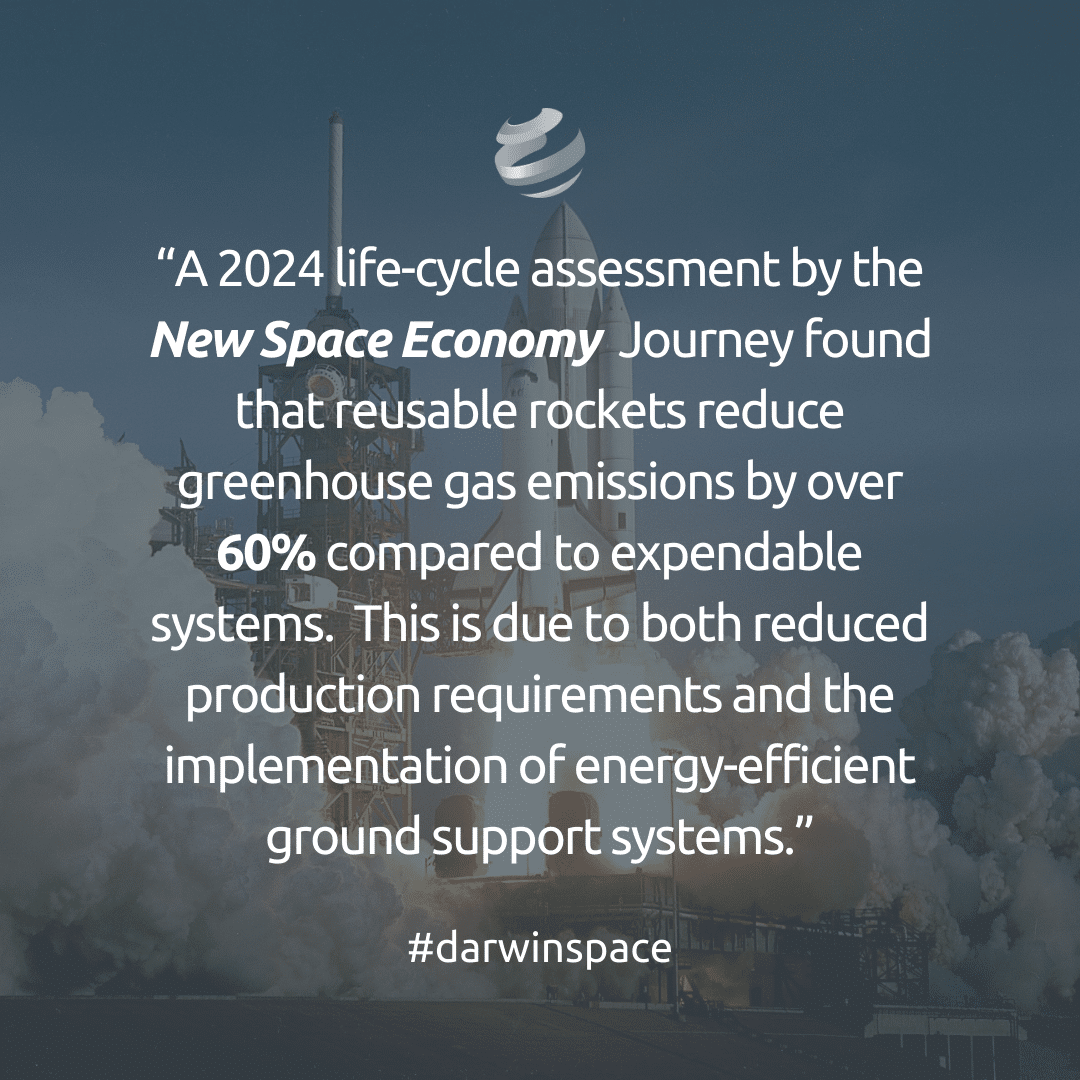Ground engineering advances are enabling the development and operation of reusable launch vehicles that reduce costs and environmental impacts by orders of magnitude. These breakthroughs also enhance the efficiency of space missions, allowing for more frequent launches and broader exploration capabilities. This will be made possible through state-of-the-art infrastructure, novel recovery systems and environmentally sensitive engineering, changing the face of space exploration.
Enhanced Ground Support Infrastructure
Ground support infrastructures specifically developed for the mission requirements of each reusable launch vehicle are essential. The European Space Agency (ESA) has been at the front line of these innovations. Such is the case with the Themis program, where ESA proposes to develop dedicated facilities for testing, integrating and launching reusable rockets, including runways, refueling stations and integration sites for vehicles.
Daniel Neuenschwander, ESA’s Director of Space Transportation, underlines the relevance of such progress:
“Developing reusable launch systems requires not only innovative vehicle design but also a transformation of the ground infrastructure to support rapid turnaround and low-cost operations.”
The supporting infrastructure reduces turnaround times and allows efficient vehicle reuse. This will be critical in the scaling-up process that firms like SpaceX are aiming at. These facilities also provide a blueprint for other agencies and private firms looking to invest in similar programs. For example, SpaceX’s Falcon 9 rockets have raised the bar on reusability with more than 300 booster landings up to November 2024 [i].

Launch and Recovery Systems of Innovation
Among the most striking innovations in ground engineering is the introduction of autonomous drone ships for booster recovery. A fleet of drone ships by SpaceX, including Of Course I Still Love You, has enabled recovery at sea for the first-stage boosters. The head of SpaceX, Elon Musk, underlined the importance of these systems:
“Fast and full reusability of rockets are the keys to making human life multi-planetary, which demands enormous improvements in ground support systems.”
These innovations have dramatically lowered costs for SpaceX. For example, the Falcon 9 has reduced the cost to launch a payload to orbit to $2,500 per kilogram, while traditional expendable rockets have sold for upwards of $10,000 per kilogram [ii]. This cost efficiency is reshaping space exploration, enabling smaller organizations and nations to participate in missions once deemed unattainable.
Environmental Benefits of Reusability
Beyond cost, reusable launch vehicles are addressing environmental concerns. The manufacturing of expendable rockets involves high material consumption and waste. Resuing vehicles, supported by efficient ground engineering, minimizes this environmental impact. ESA and SpaceX have focused on ground systems that incorporate environmentally friendly practices, such as low-emission refueling processes and green propellants.
A 2024 life-cycle assessment by the New Space Economy journey found that reusable rockets reduce greenhouse gas emissions by over 60% compared to expendable systems [iii]. This is due to both reduced production requirements and the implementation of energy-efficient ground support systems.
Such efforts not only mitigate the immediate environmental impact but also set new sustainability benchmarks for future space exploration initiatives.

Economic Impacts and Industry
Reusable launch vehicles are a game-changer in the economics of space missions, thanks to strong ground engineering. As both ESA and SpaceX pave the way, others are following suit: private companies like Blue Origin are investing in reusable vehicles and the necessary infrastructure that comes with them.
Elon Must succinctly captures the financial benefits of these systems:
“Reusable rockets aren’t just a dream; they are the path to sustainable space travel, and they are making space more accessible than ever.”
Similar ideas are expressed by Neuenschwander, who remarks that such advances are not confined to cost reduction but also create new markets:
“The cost is lower, and it can be reused, making spaceflight available for industries that could not afford to use it thus far.” This accessibility is enabling innovation in satellite technology, research missions and even commercial space tourism.
Conclusion
The unglamorous ground engineering has finally given rise to the reusable era. Infrastructure advancement, optimization in the recovery systems and developing solutions to environmental and economic concerns, the space industry is shaping a path for low costs and sustainable future pursuits.
These advancements also pave the way for interplanetary exploration and long-term space habituation projects. Driven by top players like SpaceX and ESA, reusable launch vehicles are no longer an innovation but are quickly entering a trend that would bring humans nearer to their dream of having accessible space exploration.
If you are looking for a job within the Space industry, take a look at our live jobs and apply now!
Alternatively, if you are looking to grow your Space team, Connect and message me on LinkedIn, or email me at adam.slade@darwinrecruitment.com
[i] https://www.esa.int/Applications/Observing_the_Earth/Copernicus/Sentinel-6/Launch





